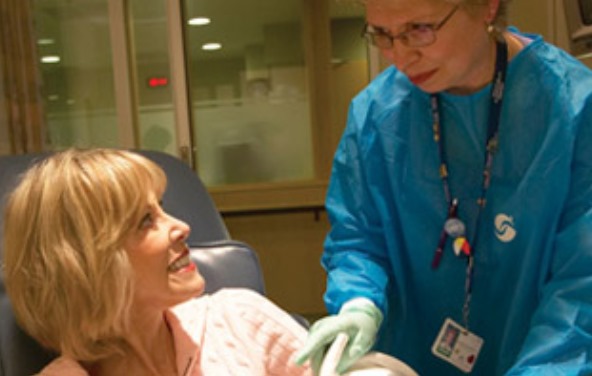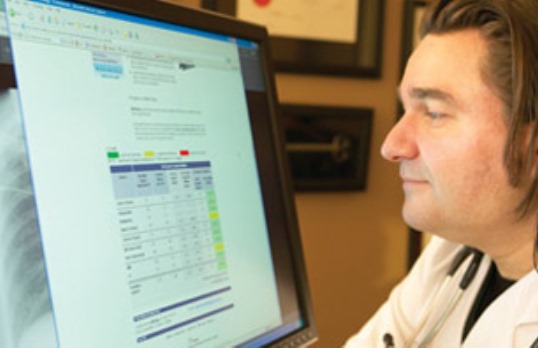LAS VEGAS – Three hundred terabytes of data and about 150 data sets, that’s about the size of the amount of information Cancer Care Ontario, the provincial government’s advisor on cancer and renal systems, has to deal with and manage.
It’s a relatively small amount compared to data handled by most businesses and other government agencies, admits Jason Garay, the newly installed vice-president of analytics and informatics for CCO. However, the database is a critical part of CCO’s research, tracking, planning and advisory capabilities.
The difficulties faced by CCO and how the organization is handling its challenges can provide other organizations some ideas on how to handle their own data management challenges.

CCO has a workforce of 1,200. The organization works with various cancer care professionals and organizations to develop and implement quality improvements and standards for Ontario’s cancer services. An integral part of this is conducting research and rapidly disseminating knowledge of improvements and innovations in clinical practices and cancer service delivery. The organizations Access to Care Informatics (ACTI) is meant to provide times reporting and analytics support initiatives such as the Access to Care Strategy and agencies such as the Ministry of Health and Long-Term Care as well as the Local Health Integration Networks and hospitals.
“Thousands of stakeholders across the province rely on us to manage and provide them with access to this data,” Garay, told ITWC. “Without an effective strategy various types of request for data end up with a backlog.” Garay was at the recently concluded Leadership 2014 analytics conference.
In fact, the CCO’s analytics and informatics staff of 300 has been “bogged down by data” and it is working to improve its processes in order to reduce wait times from research data requests.
“In some cases, data requests takes months to fulfill,” said Garay. A backlog in research data requests can impact other areas such as surgery wait times.

A crucial part of the problem, he believes, is that there needs to be a better way of vetting requests for data. What’s happening is that experts in his department are burdened by the more rudimentary data requests tasks instead of being allowed to work on projects that require their expertise.
“Quite often we have mathematicians and analysts doing routine, very manual and very operational work,” he said.
Two other issues are:
- The need for a better system for determining who has access to what data
- Not all organizations have the resources to enable them to use the data available
To accomplish its data management, business information, analytics and reporting goals, the department is employing several software tools from SAS Institute such as:
Data Quality Advanced Server – A solution that allows analysts to cleanse data and provides procedures and functions so administrators can run jobs and services on a data management platform
Data Management Enrichment – This helps data administrators enrich data to support strategic decision-making through data augmentation that ranges from adding postal codes to demographic and geographical data
Enterprise Guide – A Microsoft Windows client application that provides a guided mechanism to publish results throughout and organization
These and other software are used to by CCO’s analytics and telematics team to:
1) Transform the data and prepare it for analytical reports
2?) Run the majority of the data quality checks and identify areas of concern for liaising with the hospitals
3) Perform the analysis on the various aspects of wait times, including patient flow and wait statistics (both for surgical/DI as well as Alternate Level of Care)
4) Identify cohesive groups for cluster analysis
5) Forecast changes to wait times, queues and impacts of potential healthcare investments
The team is rebuilding its access to data structure to focus data acquisition on how data will be best used and applied by stakeholders.
So far, results have been encouraging. In some cases where data request wait times were taking months, wait times have been reduced to just days, said Garay.
Another key project of the team is to push data visualization in order to make data more accessible to stakeholders. Data visualization is viewed as a branch of descriptive analytics which involves the visual representation of data to communicate information clearly. It often uses, but is not limited to employing graphs, tables and charts to show comparison and causality.
“Not all our data users are data scientists. Information has to be presented in a visual manner that more people can understand,” said Garay. ”For example if there is a hospital with 10 per cent of its patients occupying 90 per cent of the resources, data visualization can be used to pinpoint where the biggest burden is coming from and in so doing help in deciding how to remedy the situation.”






